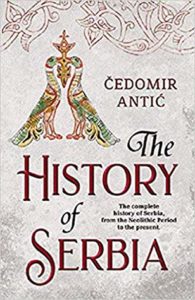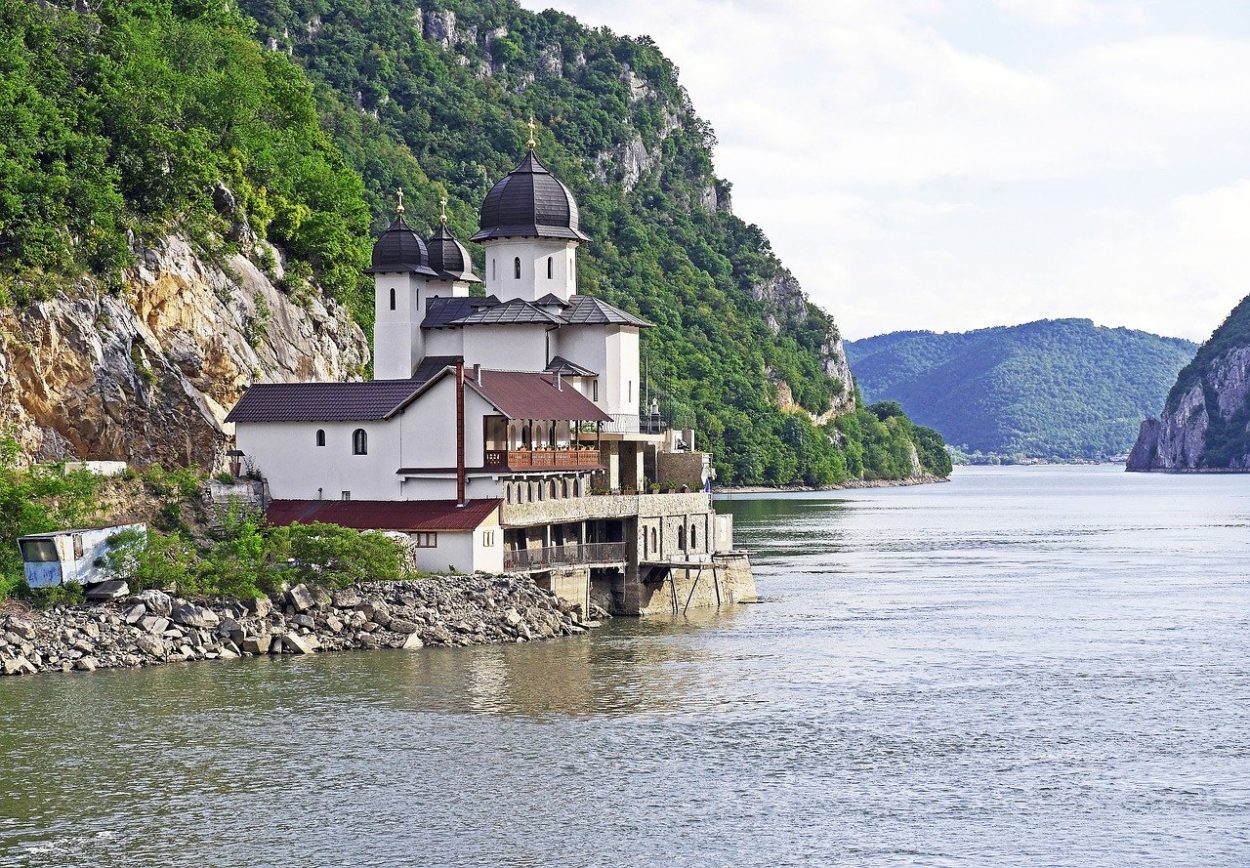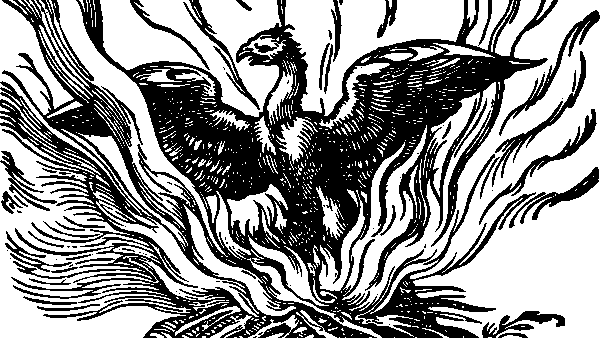This is a useful overview of the history of Serbia, starting in neolithic times and going right through to the present (it was published in 2018).
The book starts by describing the early inhabitants of the territory now known as Serbia, including the surprising fact that it produced 15 Roman emperors, more than the city of Rome itself.
Then we get to the arrival of the Serbs in the 620s, as part of a great migration of other Slavic tribes to the Balkan region, and the gradual emergence of a Serbian nation.

What’s interesting is that Serbia moved around quite a bit, as it was buffeted by larger neighbours like the Byzantine Empire, Bulgaria, and later Venice on the coast, the Ottoman Empire in the south, and the Habsburg Empire in the north. It started off closer to the Adriatic coast, around Zeta (present-day Montenegro), before moving inland and finding its centre around Kosovo.
And therein lies the problem. For many centuries in the medieval era, when Serbia was at its most powerful, it was centred on what is now Kosovo. The most important historical sites of the Serbian people are the 800-year-old monasteries in “Old Serbia”, which is now Kosovan territory.
But then the Ottomans arrived in Europe. Serbia was defeated, and its territories, which once stretched into much of modern-day Greece, Albania and Montenegro, were lost. The Serbs were forced to move north, and over the centuries, Albanians gradually moved into the territory of Old Serbia. So that’s the essence of the conflict in Kosovo: Serbs saw it as their historic homeland, but Kosovar Albanians have lived there for centuries and now form the majority.
Conversely, most of the northern half of Serbia belonged to the Habsburg Empire or Austria-Hungary until the 20th century. Medieval Serbia never reached further north than the Danube, on which Belgrade sits. Later, in the wake of the Ottomans’ failed Siege of Vienna, tens of thousands of Serbs moved north into the newly liberated Vojvodina, which is now the northern half of Serbia, and they came to form a majority, but remained within the Habsburg Empire until after World War I.
In the 19th century, after more than four centuries of Ottoman rule, Serbia rose up in a series of rebellions, at first gaining more autonomy within the Ottoman Empire and then finally becoming fully independent in 1878.
After fighting on the side of Britain and its allies in World War I, Serbia was rewarded with enlarged territory and the lead role in the new Kingdom of Slovenes, Croats and Serbs, which later became Yugoslavia. It’s significant, I think, that Yugoslavia was not formed voluntarily by its own constituent peoples, but stitched together by the “Great Powers” in the wake of war. Maybe that’s why some of them were so keen to leave at the first opportunity.
The downside of books like The History of Serbia, which give a big sweep of centuries of history in 350 pages, is that they have to skip over important issues quite quickly. I’m conscious of skipping over a lot in this review too.
I would have liked more detail in places, especially with the breakup of Yugoslavia. And in the earlier periods, when all the leaders and battles and place names were so unfamiliar, it sometimes felt like a recitation of facts, with not much to hold on to.
There are some good maps included in the book, but since many of the place names would be unfamiliar to a non-Serbian reader, it would have been good to ensure that those names appeared on the maps, so that we could look them up. And an index is a must, for me, in a book like this, so I was shocked to find it missing. And although the English translation was generally good, it could have done with more rigorous copy editing.
But overall, despite these drawbacks, I’d recommend The History of Serbia as a good introduction to the subject. It sheds light on some important conflicts in recent history and provides a useful background for Balkan politics today.




There are 6 comments
Very interesting comment.
Glad you liked it, Susana! Thanks for visiting.
I’m grateful that books like this exist because one has to start somewhere with such an extensive subject. Lately I’ve been reading Paul Ortiz’s An African American and Latinx History of the United States and I’m aware that even with a single paragraph there are probably entire books written about the content of those few sentences. But, still, it’s a place to begin. Was this book inspired by the time you’ve spent there recently, or had you read it previously and been inspired to travel there because of it?
Wow, that does sound like a huge subject! I tend to enjoy books like that, though – the ones that span a huge range and tie together a lot of different topics. I like the overview, and then I can always go into more depth on bits that interest me. I remember years ago I read a book called “Millennium: A History of the Last Thousand Years” and really enjoyed it for that reason.
Yes, I decided to read about the history of Serbia because we’ve been living here this year. It wasn’t really planned – the idea was to spend a month or two in Belgrade at the start of the year to work on various creative projects because we’d visited back in 2015 and really liked it. But then Covid-19 came along, and a month or two became a year. It’s worked out really well, actually, and I’m starting to feel a real connection to the place, so I wanted to read about its history.
Hi Andrew,
despite being very interested in the Balkans territory ad having visited it for several times, after reading your review, I feel like not bothering at all to look after this book.
I miss also your opinion of how much, if any, biased this book might be.
If you allow me, I would say that Ivo Andric’s “A bridge on the Drina” is an absolute must to understand the knots history has knit on this region’s history. Furthermore, I would say it explains quite good the mentality of its inhabitants – at least from a wide point of view.
Hi Ivan,
I agree, The Bridge on the Drina is excellent. It’s not often that I’d recommend a novel as a way of understanding a region and its history, but in this case I think it’s very appropriate. I also found The Balkans by Mark Mazower to be a good, quick overview, and Rebecca West’s Black Lamb and Grey Falcon to be a great mix of travelogue and history. There’s so much to learn and understand about this fascinating region!